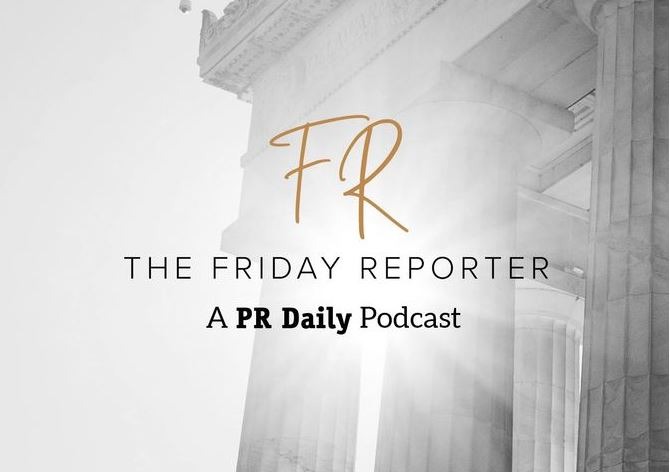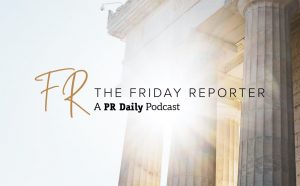Reporters reflect on their experience covering the Jan. 6 insurrection
Lisa Camooso Miller of ‘The Friday Reporter’ podcast looks into how the fourth estate is reflecting on a traumatic anniversary—and what it means for their PR partners.

One year after the attacks on the U.S. Capitol, the façade of the institution may be repaired, but the internal scarring for journalists who covered those events is permanent.
When a journalist is assigned to cover the U.S. Congress, they are not anticipating the same kind of environment as a war-zone correspondent, but that’s exactly how the day looked for many on Jan. 6, 2021. While the pandemic reduced the number of reporters physically in the building, there were still dozens covering the certification of the 2020 election results.
In Friday Reporter podcast conversations over the course of the last year, I had an opportunity to get a first-hand account from many of my colleagues who were in the building that day. Paul Kane from The Washington Post shared an account from what he witnessed while sitting in the U.S. Senate gallery:
“I could see Secret Service motioning and [Vice President Mike] Pence getting up from his chair and moving. And I knew right then that meant something bad was happening…We didn’t know where he went. And then we could hear screaming and yelling and the sound of a baton clanging. I just thought that the baton was the police actually starting to hit skulls of protestors…cause I had just thought that the Capitol was sort of indestructible.”
Tom Williams, a photo journalist for CQ Roll Call, discussed with me his perspective from that day during a recent episode:
“There’s people scaling [the walls]…and there’s cops running all around…and normally in a situation like that, cops would be yelling at you…like get back…They weren’t saying anything to us. They were just running by us, and I’m like, ‘Oh, this is serious.’ One of the main officers…[said] get to Pelosi’s office and in retrospect…I should have followed him…I ended up at the House steps and I’m looking out the window…and now all these protesters…they’re on the steps.”
For the many that were not physically in the building, they have what some have referred to as “survivor’s remorse,” for not being there. Scott MacFarlane (formerly with NBC and now with CBS News) has turned that remorse into breathless coverage of the aftermath—specifically those that perpetrated the assault and how they’ve been punished (or not).
“This is the largest criminal investigation in American history. There will be books written about this. So yes, there’s going to be an appetite…460 defendants…250,000 tips have gone into the FBI…
“We need to know what happened here because this threat is growing. And you have denialism; that’s happening. People are trying to rewrite history. So, we need to push back against that.”
The primary takeaway from these conversations was that these recorders of history not only were living the actual historic and frightening event, but also then had to write or photograph the day.
It’s hard to imagine having to live a day in such peril, but to return to that institution daily to continue to report and chronicle history will undoubtedly leave them changed in ways we cannot fully understand or appreciate.
Hear more of the conversations between Lisa Camooso Miller and her guests by checking out PR Daily’s “The Friday Reporter” podcast.


